Walking on the moon: Follow the water and learn about planets, says NASA engineer
Zainab Nagin Cox says they learnt that there was water on Mars nearly three billion years ago.
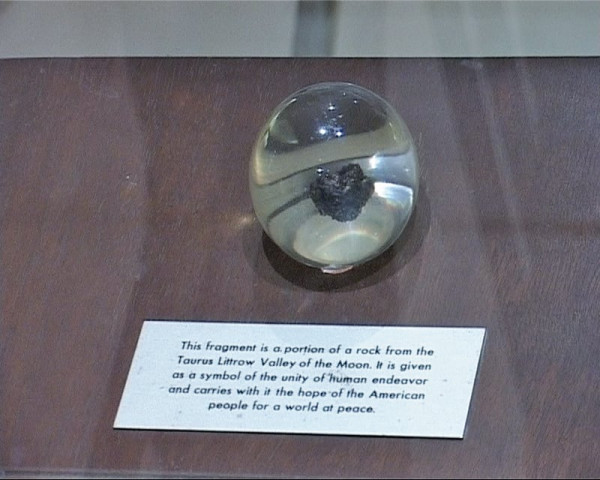
The rock from the Taurus Littrow Valley of the moon is on display at the National Museum of Pakistan. PHOTO: EXPRESS
The rock, as explained in a note kept next to it, is from the Taurus-Littrow Valley of the moon and has been given as a symbol of the unity of human endeavour and carries with it the hope of the American people for a world at peace.
The Pakistani flag was also carried to moon and brought back along with fragments of the moon rock by the National Aeronautics and Space Administration (Nasa) in 1972.

The exhibition was inaugurated by Nasa engineer, Zainab Nagin Cox, Sindh Minister for Culture and Tourism, Sharmila Faruqui and the acting consul-general of the US Consulate, Skip Waskin.
During her presentation, Cox, who is associated with Nasa’s Mars Curiosity Rover project, said that missions to Mars in 2004 and 2012 were international missions and such they would help in achieving what was beneficial for all.
While discussing different phases of space exploration, she said that exploration was all about water. “Following the water is the principle,” said Cox. “We are trying to find out if water is available there. We found evidence that Mars was once habitable and it has the atmosphere for life.”
She clarified that she was an engineer, not an astronaut and added that it was astronauts who go around the Earth while robots go beyond that. The robots, she said, are sent to check and help find out if there was water on Mars.
“In 2004, NASA sent the first robot to Mars,” she said. “The landing signal, a beep, was received after 17 long minutes. People worked for three years for a perfect landing.”
Recalling the night of the landing, August 5, 2012, Cox said that the team had tried to land on Mars with different equipments, including radiation detectors for preparation of space suits for future astronauts, and choosing a landing place on Mars was another issue. She added that finally, ‘Gale Crater and Mount Sharp’ were selected and touchdown confirmed.
Cox also showed a short video of the robot, Curiosity, landing on Mars as well as the reactions of people watching it from all over the country.
According to Cox, it turned out that there were rivers on Mars and water was available some three billion years ago.
“Mars is our nearest neighbour,” she said. “We are expecting to send people to Mars in the next 10 to 20 years but the question is where did the water go and how have things changed on the planet.” She added that we need to use our education to do these things.
Towards the end of the discussion, Cox said that she saw no nations or borders from the moon and Mars, just a planet.
Sharmila Faruqui was so impressed by Cox and what Nasa was doing on Mars that she said, “What am I doing in the Sindh government? I should have been on Mars.”
Published in The Express Tribune, May 30th, 2014.


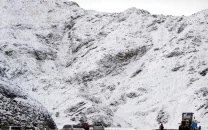

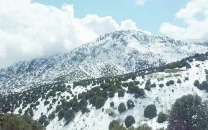
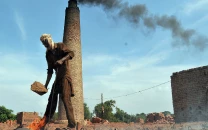
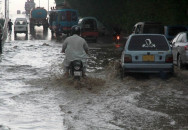





1726134115-0/BeFunk_-(41)1726134115-0-208x130.webp)






COMMENTS
Comments are moderated and generally will be posted if they are on-topic and not abusive.
For more information, please see our Comments FAQ